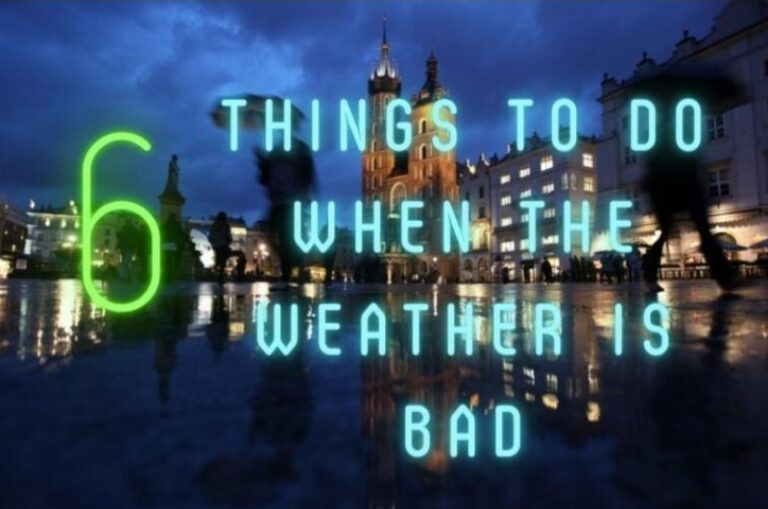THE ROYAL GARDENS IN THE WAWEL CASTLE
THE MOST ROMANTIC PLACE IN THE WAWEL CASTLE
Not many people know that hidden away in the grounds of the Wawel Royal Castle
are some beautiful gardens – and what’s more, they are open to the public! It’s a
slightly mysterious place, somewhat tucked away, that is filled with many different
flower species and also boasts some unique architecture. Following extensive
archaeological research and reviews of numerous source texts, it has been possible
to accurately reproduce the original layout of the pathways in the gardens, as well as
the distribution and selection of plants. The question is, why didn’t the gardens
survive to modern times in the first place?
The answer to that lies in Poland’s turbulent past, at the heart of which is the royal
castle, which was home to many monarchs over the centuries and witness to some
of the most important events in the country’s history.

HISTORY OF THE GARDENS IN THE WAWEL CASTLE
THE ORIGIN OF THE GARDENS
The gardens have existed since at least the 16th century, when it’s believed they were
created following a fire in the castle’s east wing in 1536 (most likely caused by the king
himself attempting an alchemy experiment). They were divided into two parts,derived
from the names of the royal couple of the time – Sigismund I the Old and his wife, Queen
Bona, who was of Italian descent. Each section was presumably named after the person
who used it the most, and who also decided about the arrangement and selection of the
plants there. The queen’s garden was planted mainly with medicinal herbs and spices, while
the king’s garden was mainly used for recreational purposes.

FURTHER FATE OF THE GARDENS
The gardens were destroyed for the first time in the siege of Krakow during the
Swedish invasion, which took place in the years 1650-55. Later, further damage was
caused by the reconstruction of the fortifications in the 18th century. During the
partitions of Poland, when Krakow fell under the rule of the Austro-Hungarian
Empire, the authorities decided to make the city part of a huge complex of
fortifications (hence the large number of preserved forts around the city), so the east
side of the castle was converted into military barracks which completely
destroyed the remains of the gardens.

THE RESTAURATION
At the turn of the 20th century, a movement grew amongst Cracovians to have the
devastated castle restored. The Austrian authorities agreed on condition that it was
financed strictly by the local people – which is precisely what happened! And this fact
explains why there are so many plaques bearing the names of the donors on the
castle wall even to this day.
Poland regained indepedence in 1918, and then the plans for the reconstruction of the
royal gardens appeared again. Unfortunately, these plans could not be implemented
due to the outbreak of World War 2. From 1939 to 1945, Krakow was a general
governorate, and the Wawel Castle became the residence of Hans Frank, who came to
view himself as the king of Poland. He ordered the construction of tennis courts and a
swimming pool in the former gardens. After the war, a number of other issues took
higher priority than the gardens, but luckily extensive archaeological research was
carried out in the 1990s which enabled the work to restore the royal gardens to their
former glory to begin in 2004. They were eventually opened to the public for the first
time in 2015.

THE GARDENS IN THE WAWEL CASTLE
Wawel’s reconstructed gardens repeat the 16th century division into three parts.
THE UPPER TERRACE
This was called Queen Bona’s garden. Archaeological research enabled the exact
layout of the pathways to be reconstructed, while the garden itself was filled with
plants commonly found in the 16th century, such as boxwood, catnip and rue, as well
as herbs from the time, including basil and marjoram, and ornamental plants like
mallow (the flowers of which were also made into “May” soup), French rose and
lavender. They were planted in oak boxes, records of which were found in the castle
documents, and their arrangement, as well as the arrangement of the brick paving
stones, was copied from 16th century engravings.
THE LOWER TERRACE
The garden was given the same recreational aspect that it had centuries ago.
It was therefore divided into three parts. The southern part of the garden was planted
with mainly decorative flowers, uch as roses, lilies and peonies, as well as herbs like
marjoram and sage. The middle section has Renaissance forms from boxwood filled
with marigolds and cloves, while the northern part contains an orchard, which had a
primarily decorative function back in the 16th century. A new gazebo was built in the
place of the aforementioned “Paradise” structure, which had a similar shape to its
predecessor. The garden arrangement was also characteristic of the original era –
with fruit trees separated from each other by rose hedges, meaning they are
beautifully in bloom from late spring to autumn. The brick paving stones on the
terrace were also laid in the same pattern as on the upper one.
THE VINEYARDS
The vines were planted with the use of trellises and stakes – based on a shape
inspired by 16th-century descriptions illustrated with engravings. The grapevines
were accompanied by rose bushes, honeysuckle and lavender. Unfortunately, no
wine is produced by the castle nowadays – but hopefully that may change in the
future.

The Royal Gardens are open to the public from 1st May to 30th September – which
means that they should be in full bloom whenever you choose to visit them. They are
truly one of the most underappreciated spots in the Wawel Castle, and the perfect place
for a romantic walk. The gardens form part of a recently opened open-air route that also
takes in the castle courtyards and Church of St. Gereon, but they can be visited
separately as well.
If you want to find out more about the Wawel Castle, check out our article about its curiosities!







